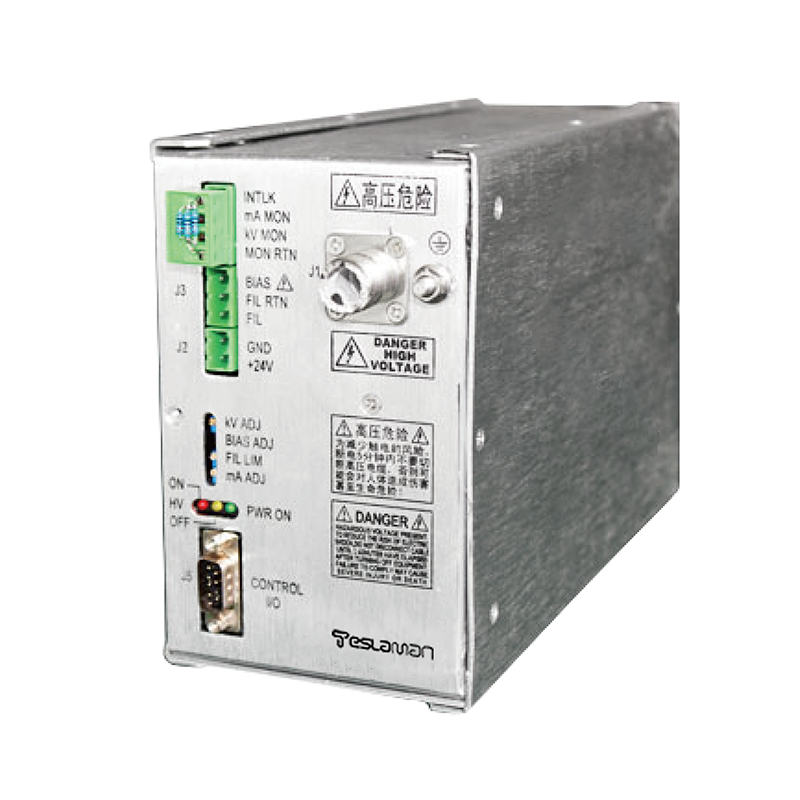The Critical Role and Challenges of High Voltage Generators in Nuclear Fusion Experiments
Abstract: Nuclear fusion, as a clean and sustainable energy source, possesses immense potential. However, achieving nuclear fusion requires extremely high temperatures and pressures, which pose stringent requirements on experimental equipment. High voltage generators, as key components of nuclear fusion experiments, directly affect the success of the experiments. This article will explore the critical role of high voltage generators in nuclear fusion experiments, as well as the challenges they face and future development trends.
I. Introduction
Nuclear fusion refers to the process where light element nuclei combine into heavier element nuclei under high temperature and pressure conditions, simultaneously releasing a large amount of energy. This energy conversion process occurs inside the Sun and is considered an ideal clean energy source. However, to achieve nuclear fusion on Earth, many technical challenges must be overcome, one of which is how to generate sufficient temperature and pressure. High voltage generators, as the core equipment of nuclear fusion experiments, are of great significance for realizing nuclear fusion.
II. The Critical Role of High Voltage Generators in Nuclear Fusion Experiments
1. Provide high voltage: Nuclear fusion experiments need to be conducted at extremely high temperatures, usually reaching millions or even hundreds of millions of degrees. Under these conditions, matter presents as plasma, and the properties of plasma are influenced by external electromagnetic fields. High voltage generators can produce voltages of up to several hundred kilovolts, providing sufficient electric fields for the plasma to be heated to the required temperature.
2. Maintain plasma stability: In nuclear fusion experiments, maintaining the stability of the plasma is crucial. High voltage generators can control the density of the plasma by adjusting the output voltage, thereby maintaining the stability of the plasma. In addition, high voltage generators can cooperate with magnetic field coils to form a stable magnetic confinement structure, allowing the plasma to remain stable within a specific region.
3. Promote interaction between plasma and wall materials: In nuclear fusion experiments, the interaction between the plasma and wall materials affects the efficiency and safety of the experiment. High voltage generators can adjust the output voltage to change the intensity of the interaction between the plasma and wall materials, thereby optimizing experimental conditions.
III. Challenges Faced by High Voltage Generators in Nuclear Fusion Experiments
1. Insulation problems in high-temperature environments: The high-temperature environment generated in nuclear fusion experiments poses strict requirements on the insulation performance of high voltage generators. Traditional insulating materials tend to fail at high temperatures, so it is necessary to develop new high-temperature insulating materials to ensure the normal operation of high voltage generators under extreme conditions.
2. High power output and stability: Nuclear fusion experiments require high voltage generators to have high power output capabilities and maintain stable output voltages. This poses challenges for the structural design, cooling system, and control system of high voltage generators.
3. Radiation protection: The high-energy particles generated in nuclear fusion experiments can cause radiation damage to high voltage generators. Therefore, effective radiation protection measures must be taken to ensure the long-term stable operation of high voltage generators.
IV. Conclusion
High voltage generators play a critical role in nuclear fusion experiments, providing important technical support for realizing nuclear fusion. However, facing challenges such as high temperature, high power, and radiation, high voltage generators still need continuous optimization and improvement. With the advancement of technology, it is believed that high voltage generators will play an even more important role in nuclear fusion experiments in the future, helping humanity realize the dream of clean energy.




















